Stairs
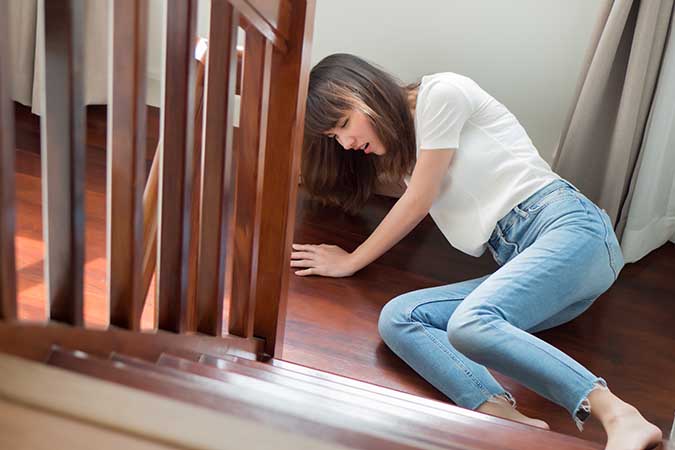
Falling is the number one most common house-related accident and the number two cause of accidental death. When falls occur in the home, they are frequently caused by stairs.
To keep your home fall free, be sure to install handrails and good lighting. Additionally, for families with children, it's also best to install baby gates at both the top and bottom of the stairs.
Windows
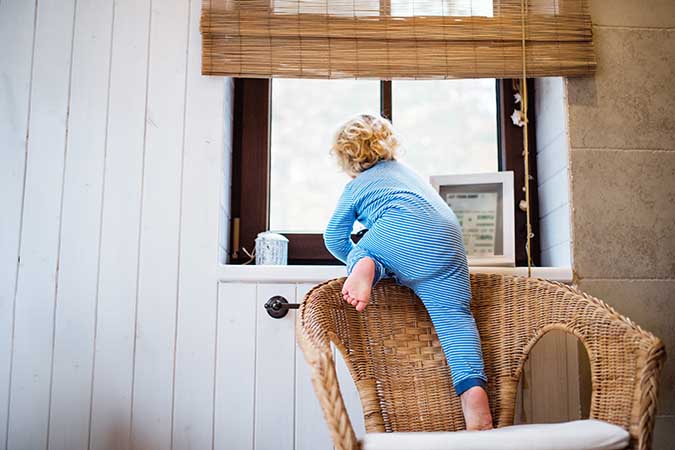
For most people, the risk of falling out of a window is pretty low. However, it's a much more common problem for children, which makes unsecured windows a danger in your home.
Window guards can help prevent accidental falls, but make sure they come with an emergency release button for things like household fires. And when setting up a kid's room, make sure there isn't any furniture they can crawl on that's near a window.
Stoves
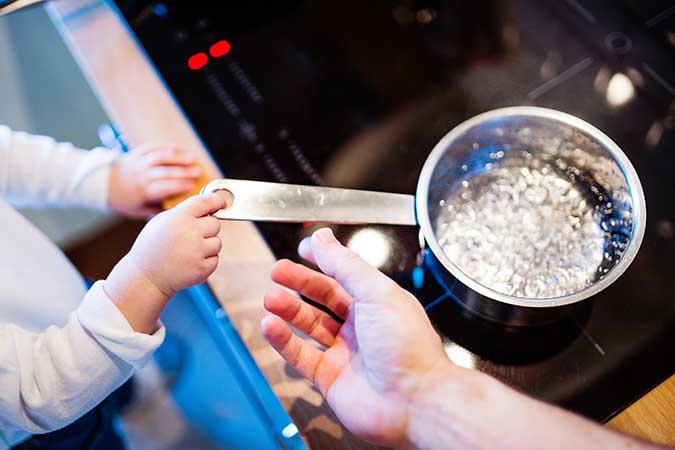
If you get a burn in your home, there's a high probability you got it in the kitchen from the stove. While anyone in the kitchen is at risk for a burn, the danger is highest with children, who don't always understand how stoves work.
To keep your kids safe and burn-free, never leave them unattended in the kitchen. It can also help to cook on the back burners when possible to reduce the chances of them accidentally reaching up and touching the heating element or pulling a pan off the stove.
Bathtubs

Almost 300 children under the age of five die every year in the home from drowning. While many of these cases take place around a pool, the bathtub can be an unexpected source of danger.
Thankfully, problems like this can be easily avoided by simply keeping an eye on your kids through the entirety of bath time.
Space Heaters

It should go without saying that space heaters can pose a safety risk, but they are responsible for tens of thousands of household fires every year. While they might be a necessity for some, you've got to watch them closely.
Before using a space heater, always read the instructions carefully, check to make sure it's been lab inspected, and look for any damage to the product. When your space heater is in use, keep it at least three feet away from flammable objects and never let it run unsupervised.
Extension Cords

Extension cords lead to over 3000 house fires and 300 injuries annually. Thankfully, most of these occur with faulty or old equipment. Keeping your extension cords in good shape is essential for preventing fires.
If possible, don't skimp on the cost of an extension cord. Cheaper varieties are often not insulated as well as high-quality ones, and good insulation is a must if you're going to be using it frequently or continually. And always replace a damaged extension cord right away.
Clothes Dryer
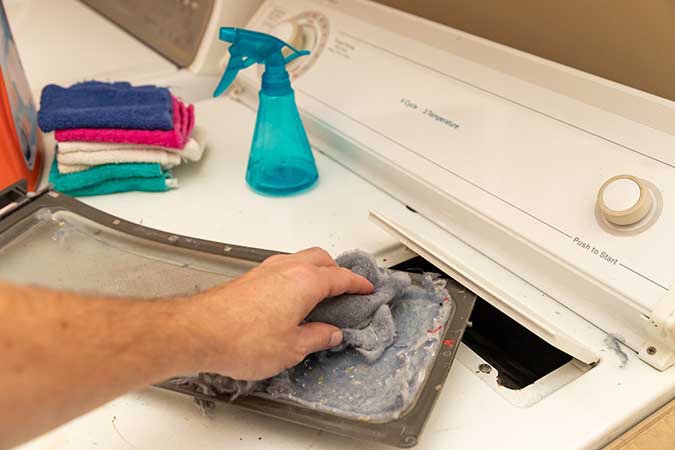
Clothes dryers can pose a danger to kids small enough to fit inside them, but they can also be a fire hazard for the whole family. Heat and a lack of good airflow make them especially dangerous when they aren't maintained well.
To reduce the risk of a fire from a clothes dryer, always make sure your lint catcher is free from lint. But you also want to be aware of the air duct connected to your dryer. If your unit is too close to the wall, this could obstruct the flow of air through the duct, which can also lead to a fire.
Mothballs
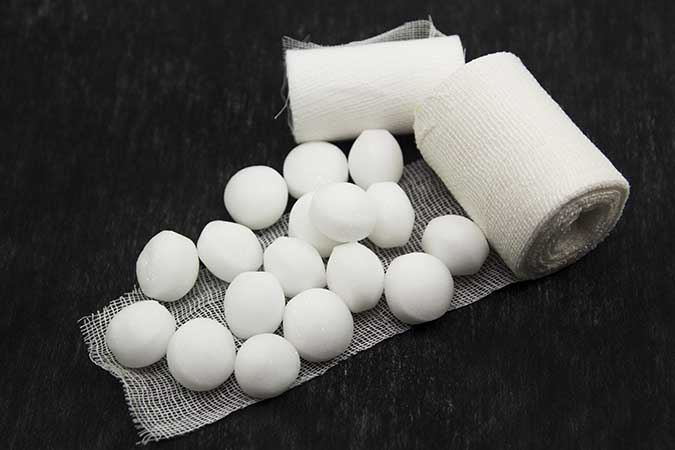
Mothballs might be a bit old-school these days, but they can pose a danger if you've still got them lying around. These small, white pellets are used to keep away moths and other bugs that eat through clothing, but the pesticides used to make them effective aren't great for humans, either.
Because of the risk of ingestion by children or pets, it might just be best to give up mothballs entirely. If you're having problems with an infestation, an exterminator might be necessary. And in the meantime, thoroughly washing your clothes and storing them in airtight containers should keep them safe.
Christmas Trees

Christmas is the most wonderful time of the year, but it can turn bad pretty quickly. Christmas trees can go up in flames, especially real trees that are drying out.
According to NFPA, between 2013 and 2017, Christmas tree fires accounted for three deaths, 15 injuries, and $10 million in damage. Fake Christmas trees can also burn, but they're less likely to catch on fire.
Humidifiers
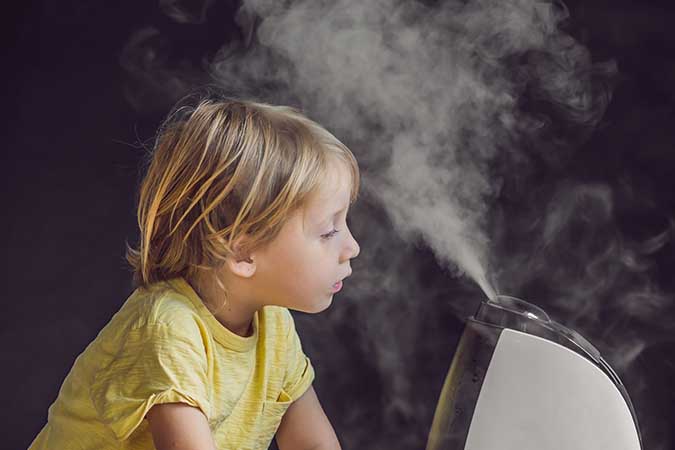
Some people swear by humidifiers, but they're probably doing more harm than good if you're not cleaning it properly. When left alone for too long, humidifiers can begin to grow mold, and when they're turned on, they blow those spores and bacteria directly into the air you breathe.
Changing the water regularly and cleaning your humidifier should be enough to do the trick. But if you're still having problems, try switching to distilled water too.
New Carpet
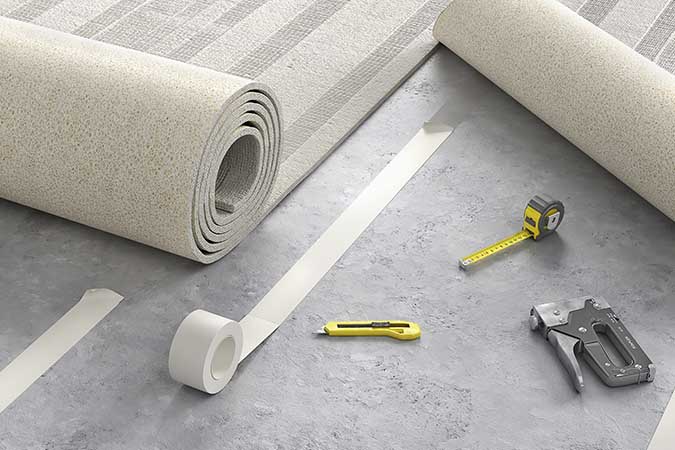
If you've recently had carpet installed in your home, you might have noticed that "new carpet smell." Unfortunately, what you're actually smelling are volatile organic compounds found in the carpet glue and dyes. And it should come as no surprise to hear that inhaling glue isn't good for you.
Luckily, the danger of inhalation subsides in the days and weeks after your new carpet has been installed. But for the first few days you have it, make sure to keep the room well ventilated and to vacuum your carpet.
Pressed Wood

You can find pressed wood (like plywood) in everything from siding to tables. Unfortunately, the formaldehyde in pressed wood products can cause respiratory problems--especially for people with asthma.
Unfortunately, the only real solution to this problem is to removed the pressed wood objects that are causing the problems. These products can be more affordable, but they also might be more trouble than they are worth.
Air Fresheners
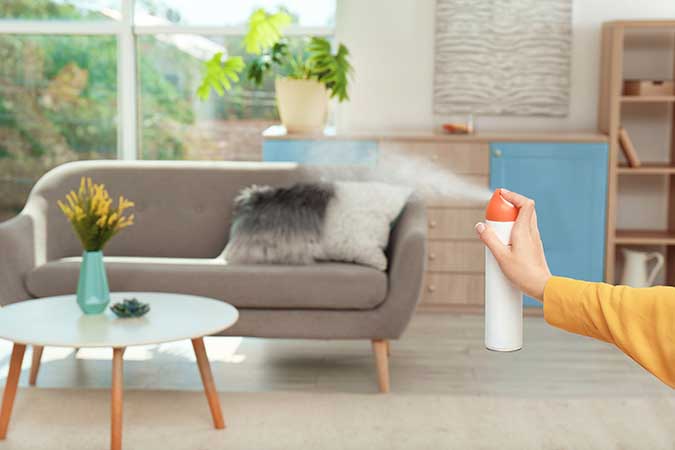
If you've ever had to share a bathroom with someone else, you know that air fresheners are a must. Unfortunately, they can cause problems when accidentally inhaled. According to some studies, these problems can range from heart disease to fertility issues.
Short of abstaining from using air fresheners completely, there are some steps you can take to ensure you're being as safe as possible. Only use them when absolutely necessary, use them in well-ventilated areas only, and try to avoid the areas where you spray them for a few moments after use.
Flat Screen TVs
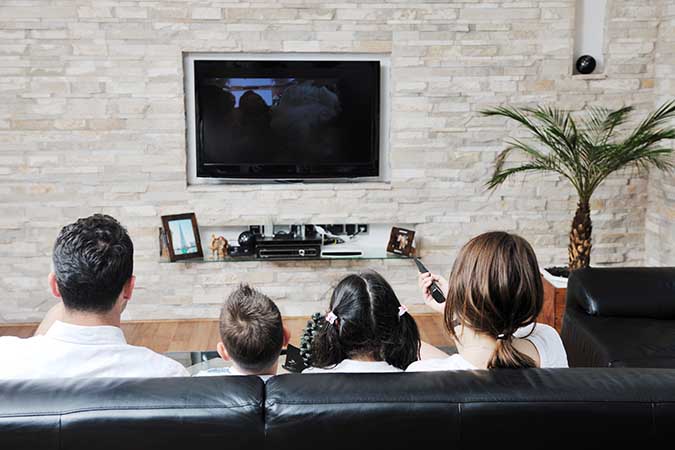
Almost 20,000 children have been taken to the hospital over the last 20 years due to injuries from a falling TV. And as our televisions get thinner and thinner, balance issues become more of a problem.
Flat screens that rest on a tabletop surface are more likely to fall than wall-mounted TVs, so avoid them if you've got small children. However, you'll also want to make sure that your TV is correctly mounted to the wall using a high-quality mount. It's still possible for them to fall if they've been installed poorly.
Lead Paint
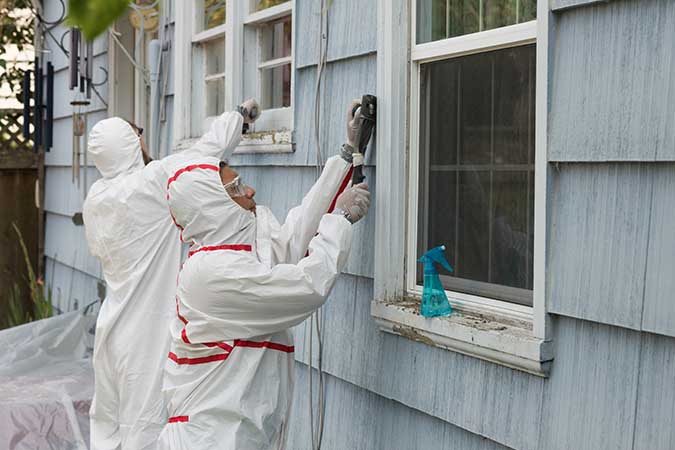
While not an issue in newer homes, if your house was built before 1978, there's a chance you may have lead paint. Inhalation of lead can lead to neurological issues, developmental disabilities, and even death. And if your lead paint is peeling or chipping, your risk of inhalation is high.
While it is possible to remove lead paint yourself, if you're not entirely sure of what you're doing, it's best to have professionals come in and remove it for you.
Furnaces

If your furnace isn't well maintained, it can pose the risk of carbon monoxide poisoning. And even though space heaters pose a bigger problem, furnaces are responsible for roughly 20% of fires caused by heating equipment.
To keep your furnace in safe, working order, it's best to have it inspected by a professional at least once a year. Additionally, make sure you've got working fire and carbon monoxide detectors in case any problems do arise.
Knives

When it comes to knives, there's a risk of danger at nearly any age. A child handling a knife that they get their hands on could potentially lead to injury of the child or someone else accidentally. Chopping accidents are of course one of the most common kitchen injuries.
With that said, so it's always important to be cautious no longer how experienced you are. Anyone is prone to accidents with kitchen knives because anyone can get distracted or act negligently at times. Even dull kitchen knives can prove a risk because they can give a false sense of security, while still being able to induce injury.
Gas Fireplace

A gas fireplace poses a number of risks. For one, a fireplace can obviously be dangerous for pets or young children who may get close too close to the fire. But besides burn injury, there's also the risk of nearby objects catching fire. On that note, you should never leave a fireplace unattended.
But not all dangers associated with gas fireplaces are visible. Another potential danger of gas fireplaces are carbon monoxide poisoning. As you may know, carbon monoxide is a poisonous gas that produces no odor. When a fireplace is not properly ventilated, it can cause incomplete combustion that will create carbon monoxide, which can kill you.
Non-Stick Cookware

Non-stick cookware has its benefits. It's nice not to have to soak your pans in water overnight to loosen food particles or scrape off stuck food from them. Non-stick cookware typically heats up fast and cooks food evenly. But the easy maintenance of non-stick comes at a cost.
Polytetrafluoroethylene contained in much non-stick cookware, releases dangerous gases when heated. These gases pose cancer risk and other harmful effects, including birth defects and a weakened immune system. Polytetrafluoroethylene can also be found in other products such as certain shaving creams. They are best avoided.
Insecticide
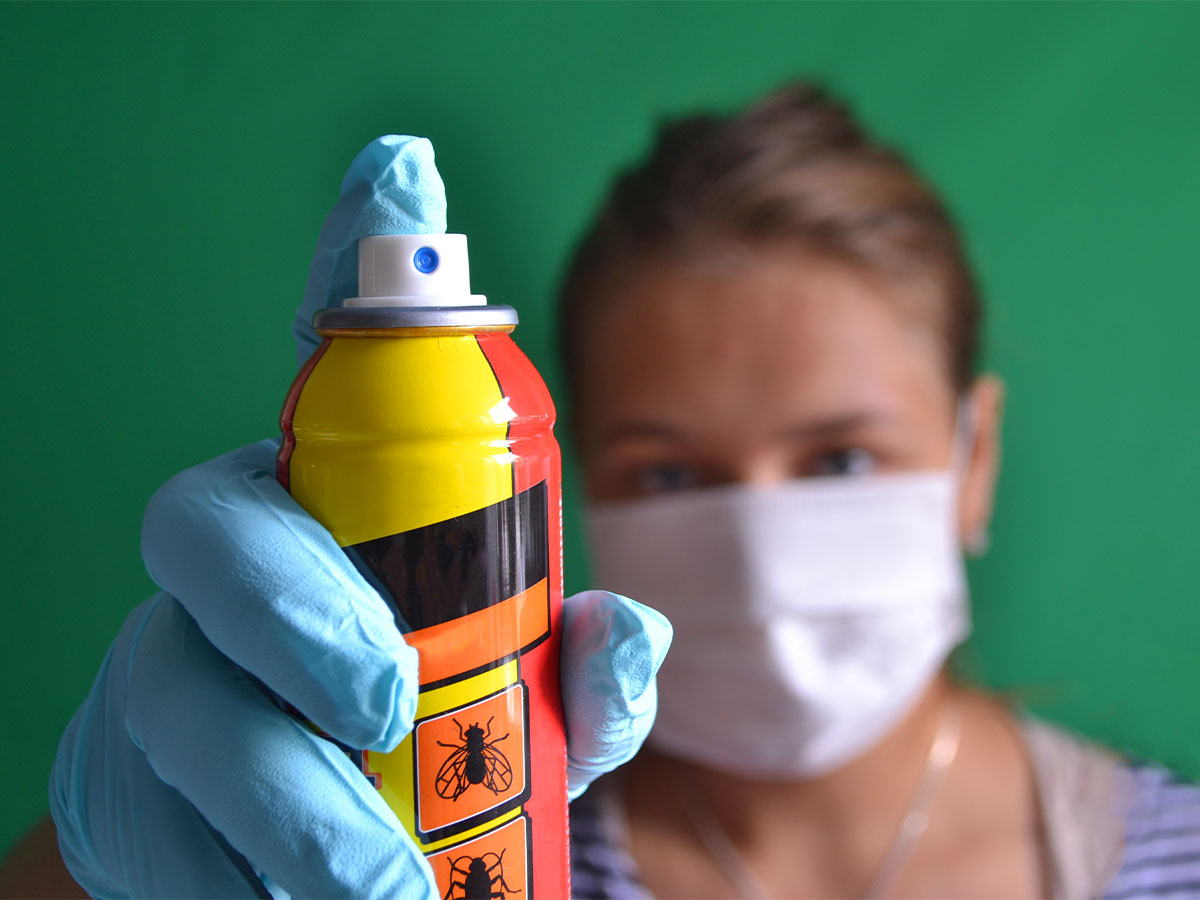
Insecticides are of course, poison, so it stands to reason that they are both dangerous for humans and pets. Young children and pets are especially at risk because there is a greater chance of ingestion. But even breathing these chemicals in will be bad for your health.
Ant sprays, cockroach sprays and flea treatments are all poisonous. Just because these poisons are design for people to use in their home or for their pets, doesn't necessarily mean they are safe. When applying poison treatments in the home, it's best to ventilate your home to limit the inhalation of fumes. Flea treatments should be applied in areas where pets cannot reach.
Guns
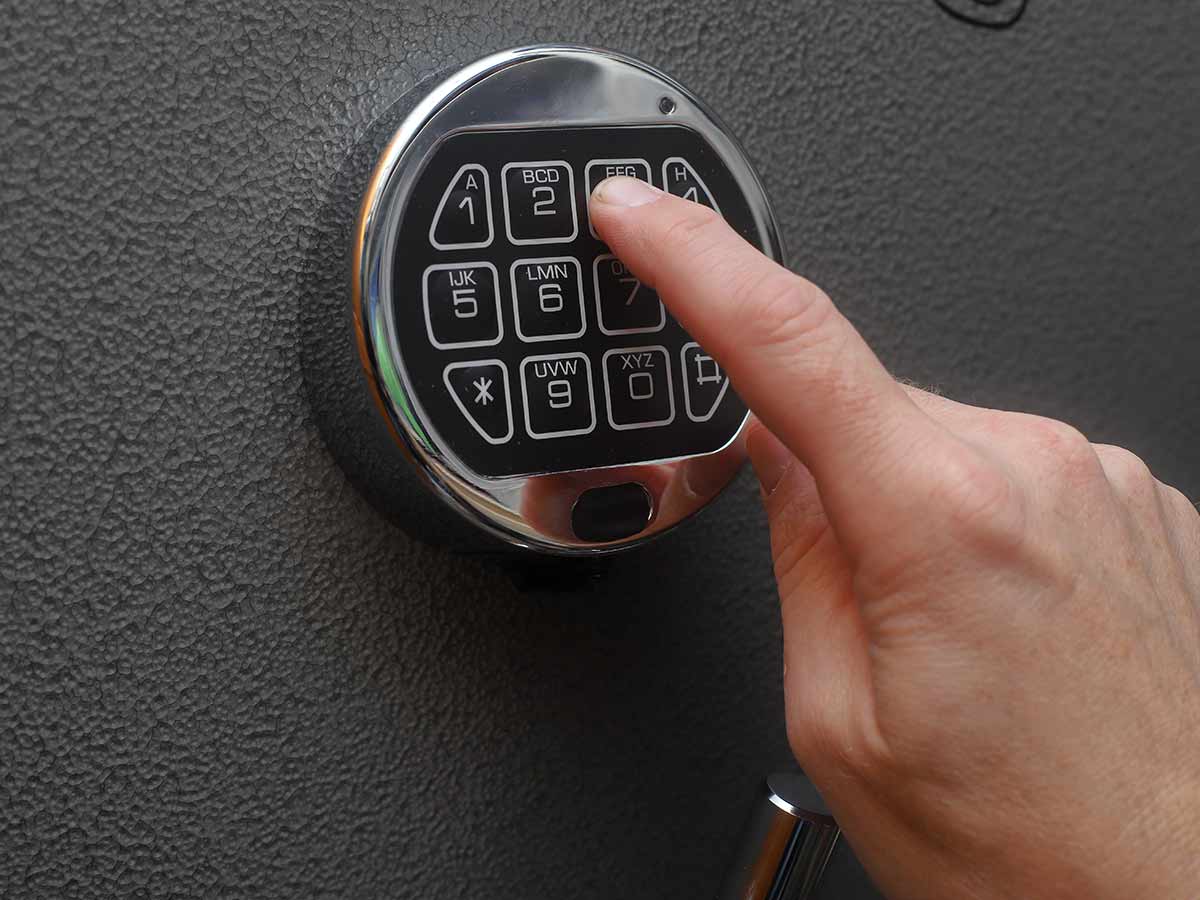
It goes without saying that guns are dangerous in the wrong hands. It can be especially dangerous for those who have children around the home. There are an estimated 300 million guns in the United States and about 1,300 children die from guns every year according to the CDC.
It's not that gun owners with children have to go without guns, but it's important to properly store guns away from children. Guns should be placed far out of the reach of children and not loaded. Better yet, a proper gun safe is ideal for gun owners as children would not be able to have access to the gun.
Ceiling Fan
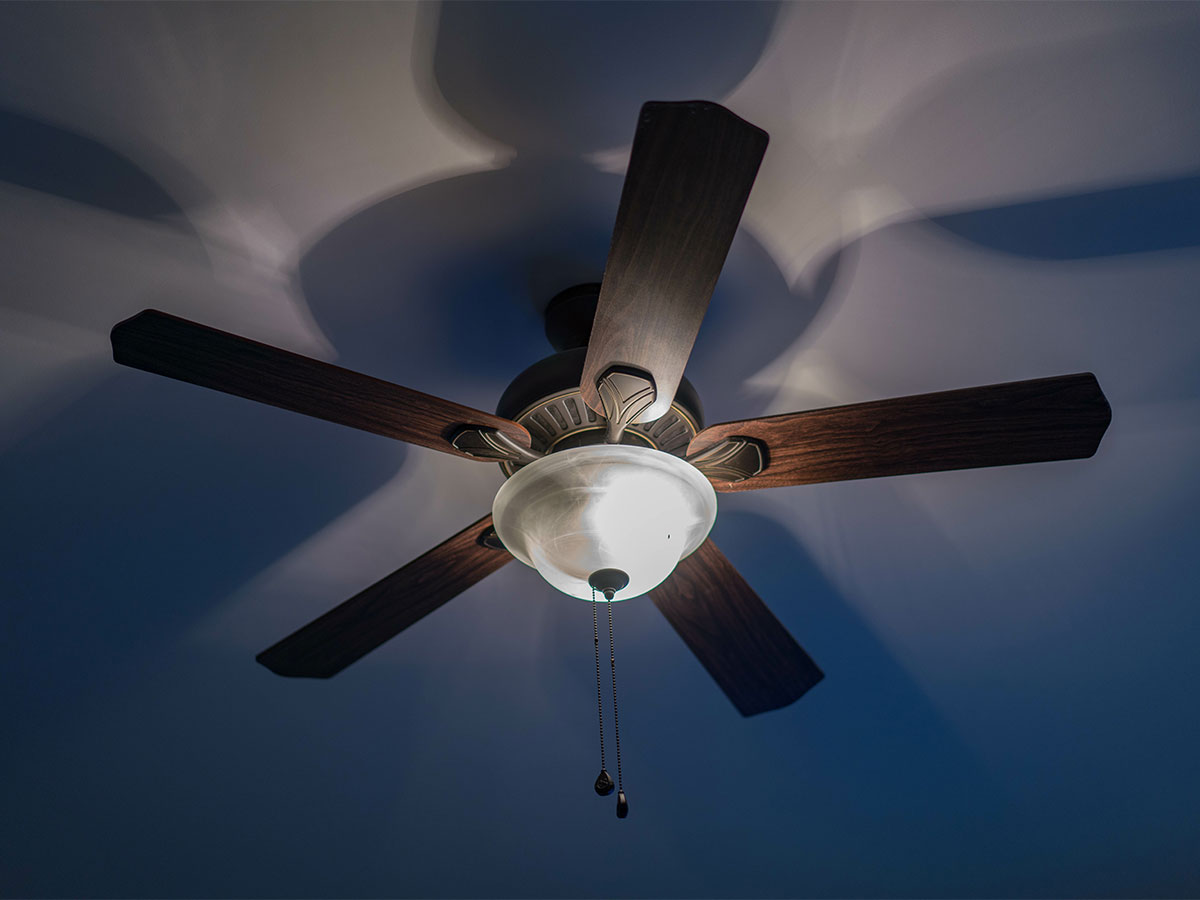
Like large flat-screen TVs that are not properly mounted, ceiling fans can also pose a risk for homeowners. Ceiling fans run the risk of falling and because they are heavy, they can be fatal if they fall on someone's head, or at the very least, they can lead to severe injury to other parts of the body.
The safest way to install a ceiling fan in your home is to hire a professional. Getting someone who knows what they are doing is the ideal way to install your ceiling fan, because you can be sure that the job will be done correctly. A professional will be able to determine the most secure area to install the ceiling fan and will have the right tools.
Houseplants

Okay, so not all houseplants are dangerous. Houseplants not only look nice in your home, but they also help provide it with fresh air. There are many varieties of houseplants and which one appeals to you will be a matter of preference, but don't choose on looks alone.
Some houseplants can be dangerous for your children and pets, so it's important to select carefully. The Peace Lily is toxic to humans, dogs and cats, as are Pothos and Caladiums. Some houseplants such as Philodendrons, are mildly toxic to humans, but more toxic for animals. One of the most poisonous houseplants would have to be Oleander.
Oven Cleaners

Ovens aren't easy to clean, which stands to reason that oven cleaners need to be a little bit stronger compared to other cleaning options. But why are they so dangerous? They contain corrosive alkalis which can be dangerous if the fumes are inhaled.
Oven cleaners that have been inhaled or ingested can damage both the respiratory system and the gastrointestinal tract. A safer bet would be to purchase a self-cleaning oven that gets to a super high temperature and burns away food. Then you can use a more gentle cleaner to wipe away all the ash.
Dirty Sponge
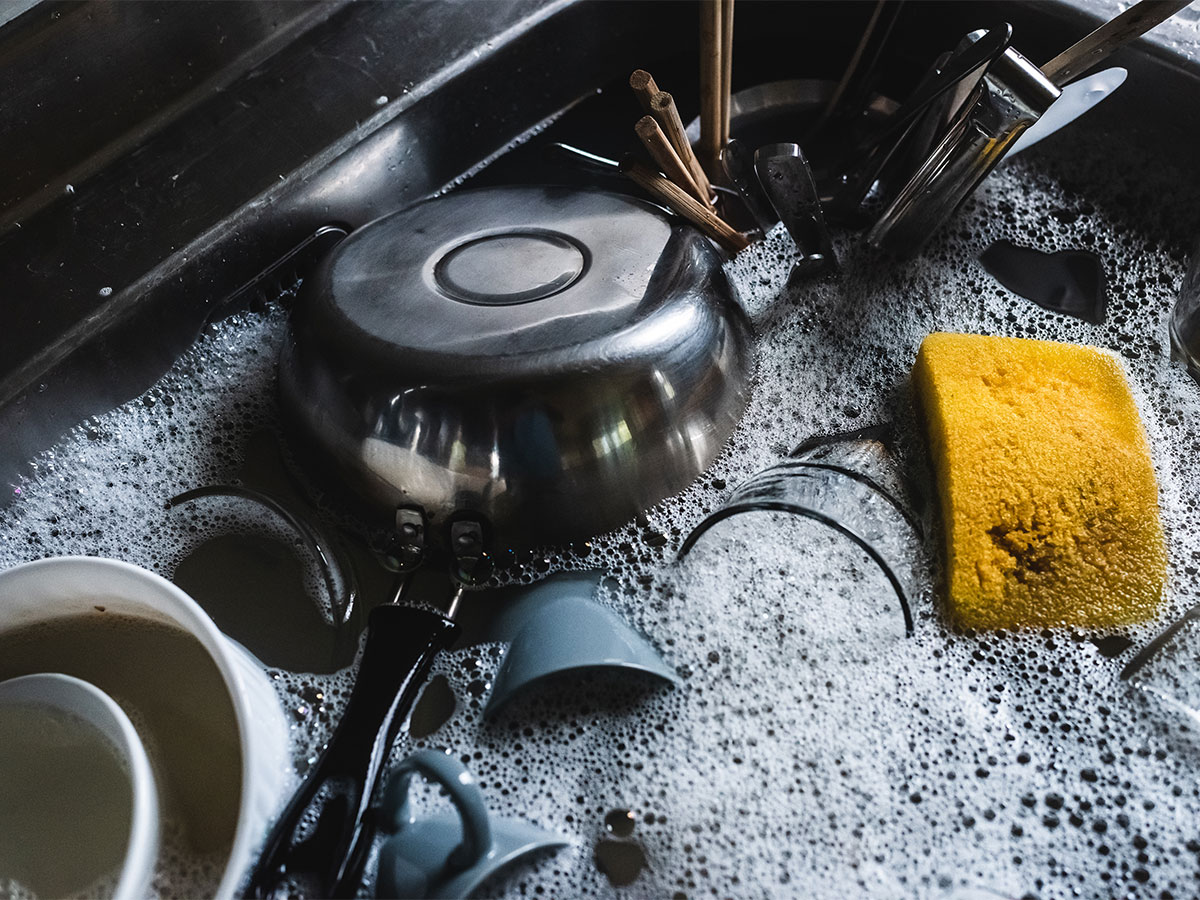
Sponges can be useful for scrubbing pots and pans but they ultimately do more harm than good. Dirty sponges can harbor pathogenic bacteria like E. coli and salmonella. Both bacteria are harmful to humans. using dirty sponges can lead to cross-contamination.
If the dirty sponge comes in contact with kitchen surfaces or even your hands, you can spread it across the kitchen, which can potentially make you sick when it gets in your food. It is suggested that you change out sponges frequently to prevent the spread of bacteria.
Flame Retardants

Flame retardants are not something you would find on a brand new sofa or mattress but they can be found on older ones. Flame retardant chemicals found on older furniture items may be able to resist flames but they pose other problems you can't see.
For once, flame retardants can cause infertility and birth defects. But there are plenty of other health risks associated with them. Among the problems you should be concerned about are cancer, thyroid disruption, effects on the immune system and neurological function.
Antibiotic Handsoaps
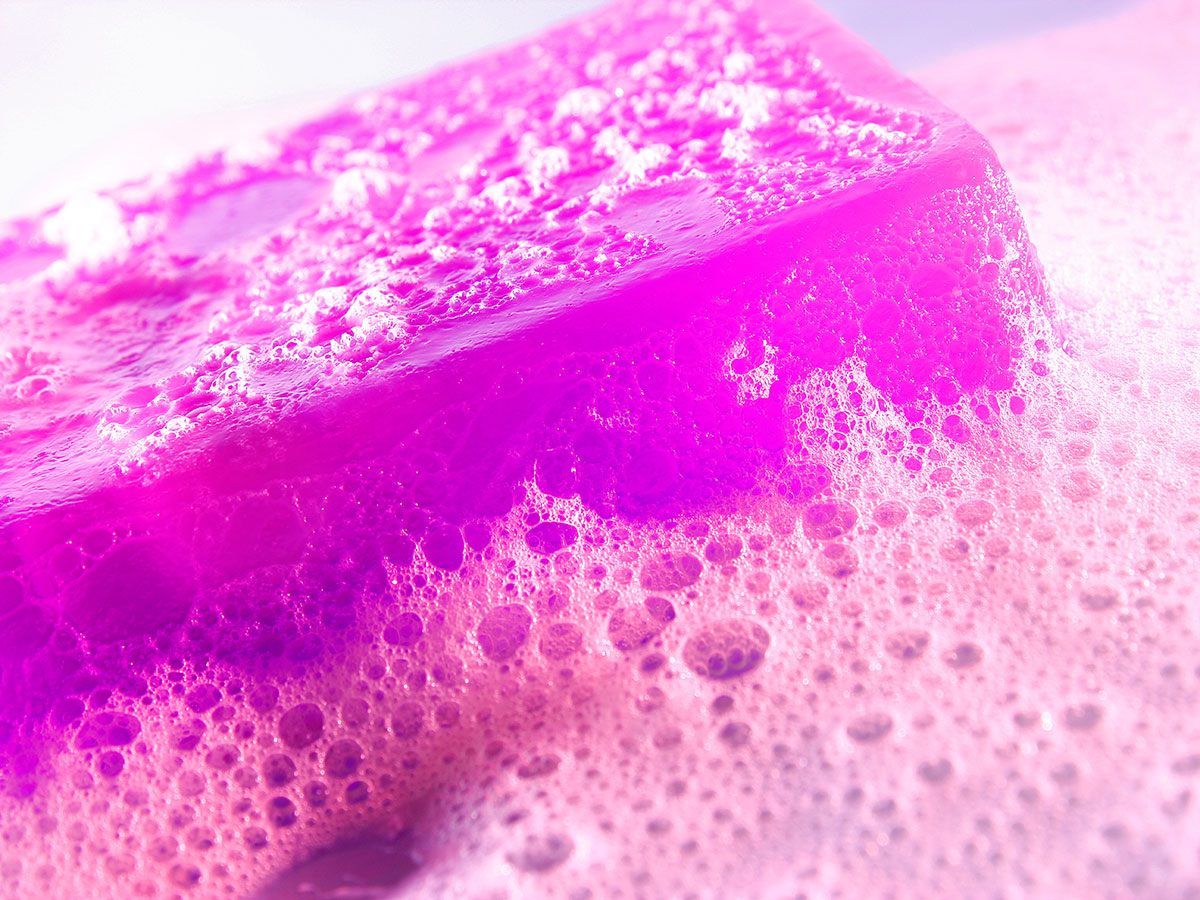
If you go to the doctor regularly, you are probably aware of a problem in the medical world known as antibiotic resistance. Doctors are hesitant about prescribing antibiotics for every little problem because of it. Even antibiotic handsoaps are contributing to antibiotic resistance.
Antibiotic resistance, of course, is just how it sounds. Individuals and people alike are becoming resistant to antibiotics to the extent that they are not working for many people. Infections and viruses are able to defeat the very drugs that are designed to kill them. And products like antibiotic hand soaps are certainly not helping any.
Furniture Polish and Stain
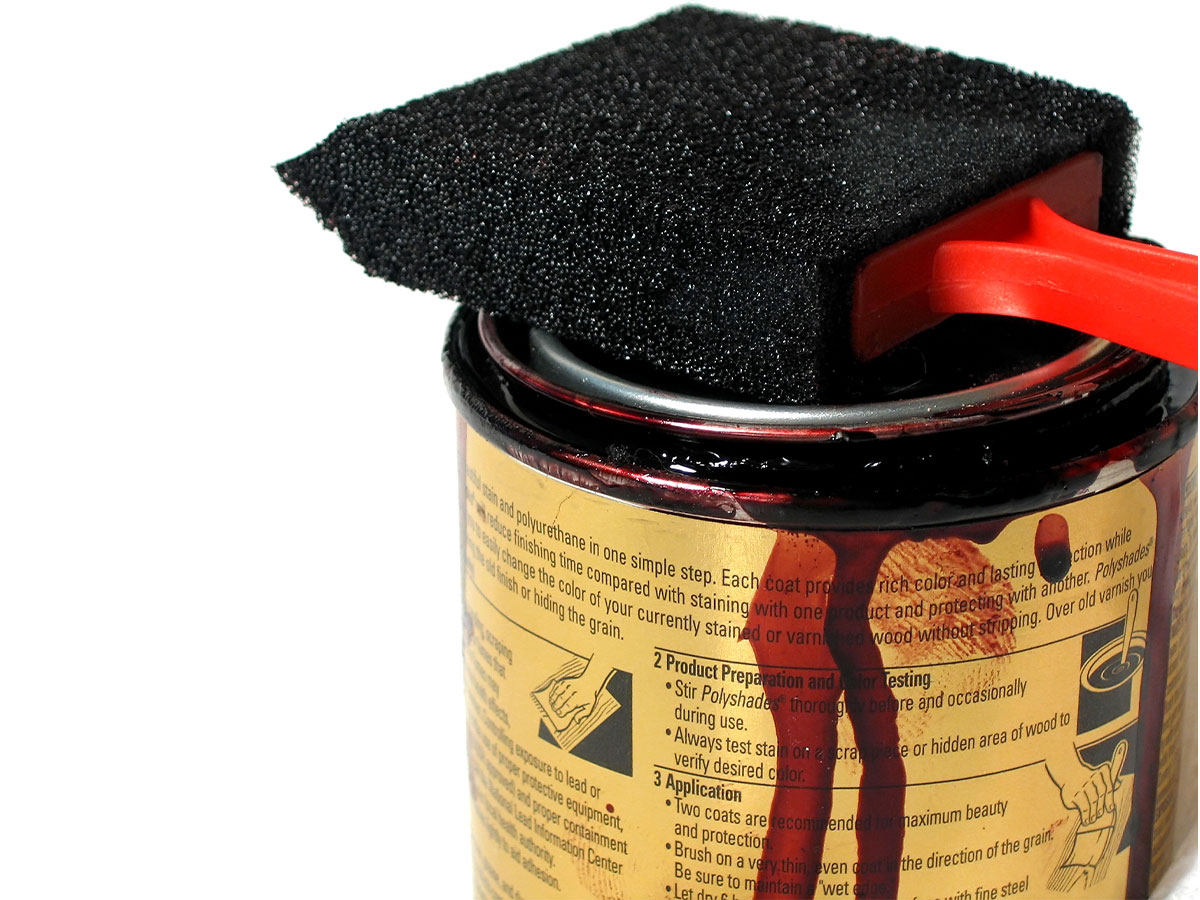
Furniture polish and stains that are not vegetable or oil-based can be dangerous because they are highly flammable. Of course, unless you are up to something shady like insurance fraud or you are an arsonist, you likely aren't looking to set your home on fire anytime soon.
The chemicals phenol and nitrobenzene, which are featured in many stains and polishes, are highly flammable ingredients. But they also affect your overall health. Both chemicals have been linked to skin cancer when they are absorbed through the skin.
Toilet Bowl Cleaner
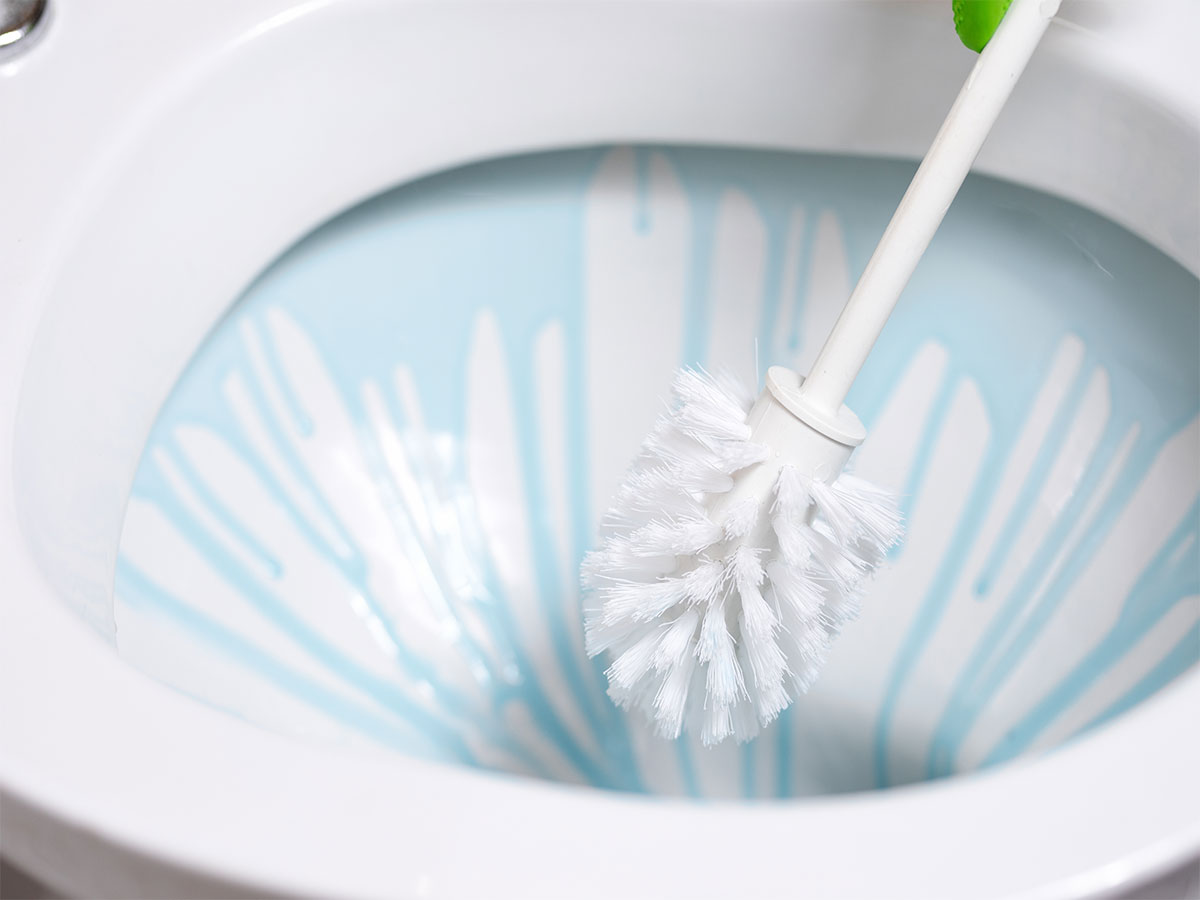
Toilets can also be difficult to clean, which is why toilet cleaners aren't like any other bathroom cleaner. Toilet bowl cleaners feature corrosive ingredients that make toilet water acidic and help clean the toilet so well. If using these products, you need to be cautious.
Toilet bowl cleaners should not be touched with bare hands, ever. The chemicals in toilet cleaners can burn the skin and eyes, inflicting potentially irreversible damage. They can also be dangerous when combined with other chemicals if they are inhaled simultaneously.
Bleach

Bleach is known to be poison for humans and most people know that. Bleach is a corrosive cleaning product that is irritating to the skin, as well as the eyes and lungs. It can burn both internally as well as externally. You should never ingest it, touch it, or dare we say – inject it.
Even if these reactions are not immediately noticeable to you, bleach can have an effect on your health. Using bleach improperly can lead to extreme headaches, migraines, abdominal discomfort and muscle weakness among many other problems.
Flaking Paint
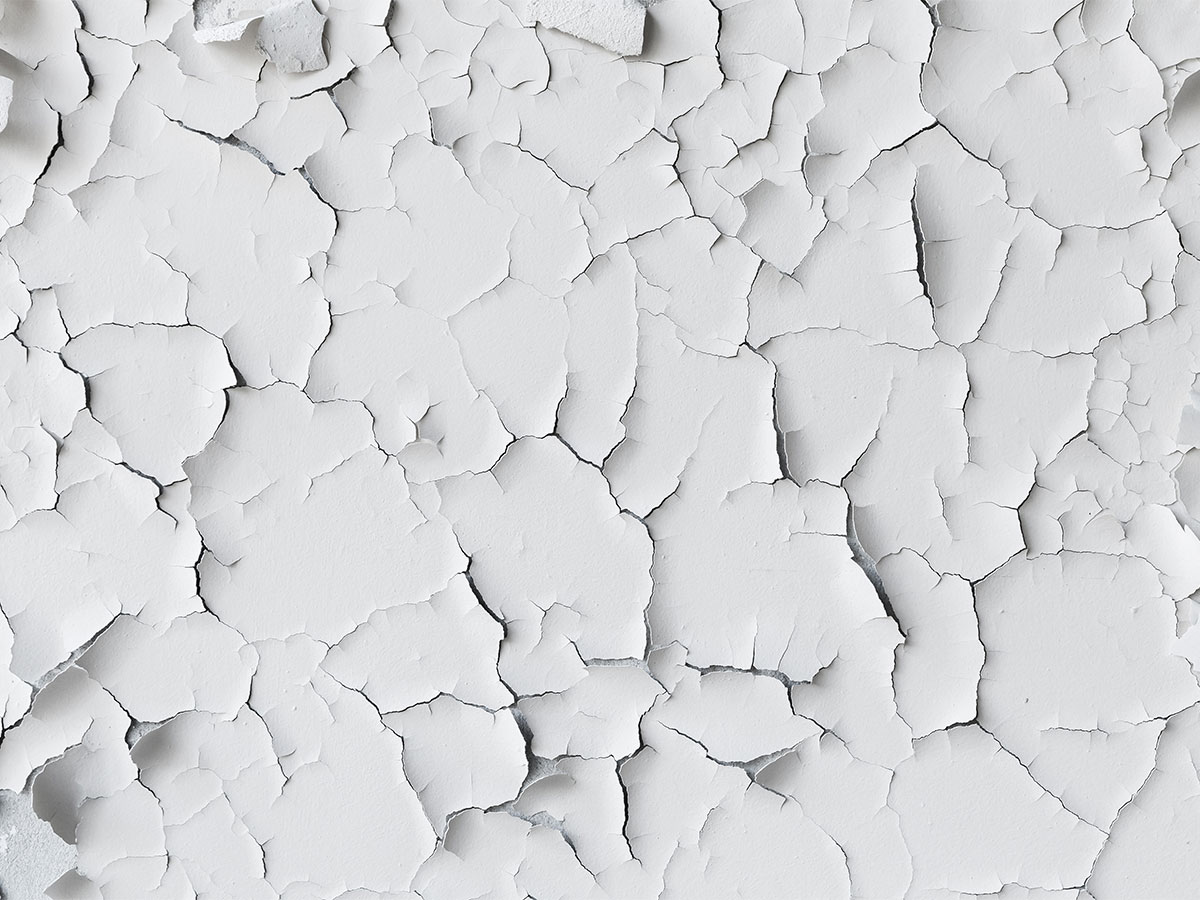
Flaking paint is undoubtedly a problem you can face with older homes. Older homes from the 1970s and earlier, especially, have interiors with lead-based paint. As this older paint starts to flake off, it can be dangerous to be around.
Inhaling the flakes or particles of lead-based paint can be poisonous and can particularly be a problem when you are going about repainting the home. Lead poisoning can lead to problems like high blood pressure, headache, difficulty concentrating, muscle pain and even miscarriage.
Polycarbonate Plastics
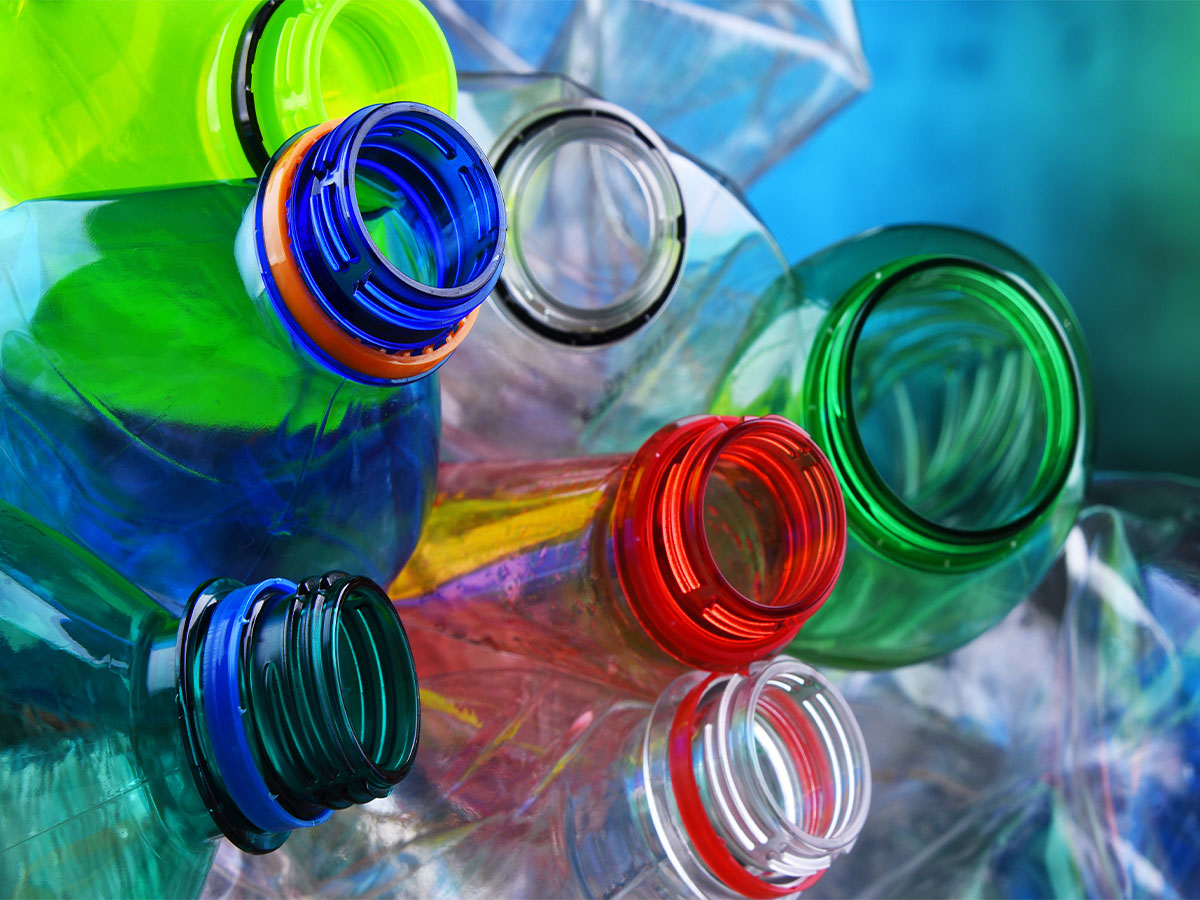
Polycarbonate plastics, found in drinking bottles often contain BPA, a chemical that leaches from the bottle and can be ingested by humans. BPA can mimic the actions of the hormone estrogen, which can cause problems like prostate cancer, ovarian dysfunction and genetic damage.
While it is best to avoid polycarbonate plastics contained in any food or drink vessel, it does have its uses. For once, polycarbonate plastics are fire-resistant. They are also resistant to vandalism and lightweight. For manufacturers, they are easy to process.
Misplaced Cords
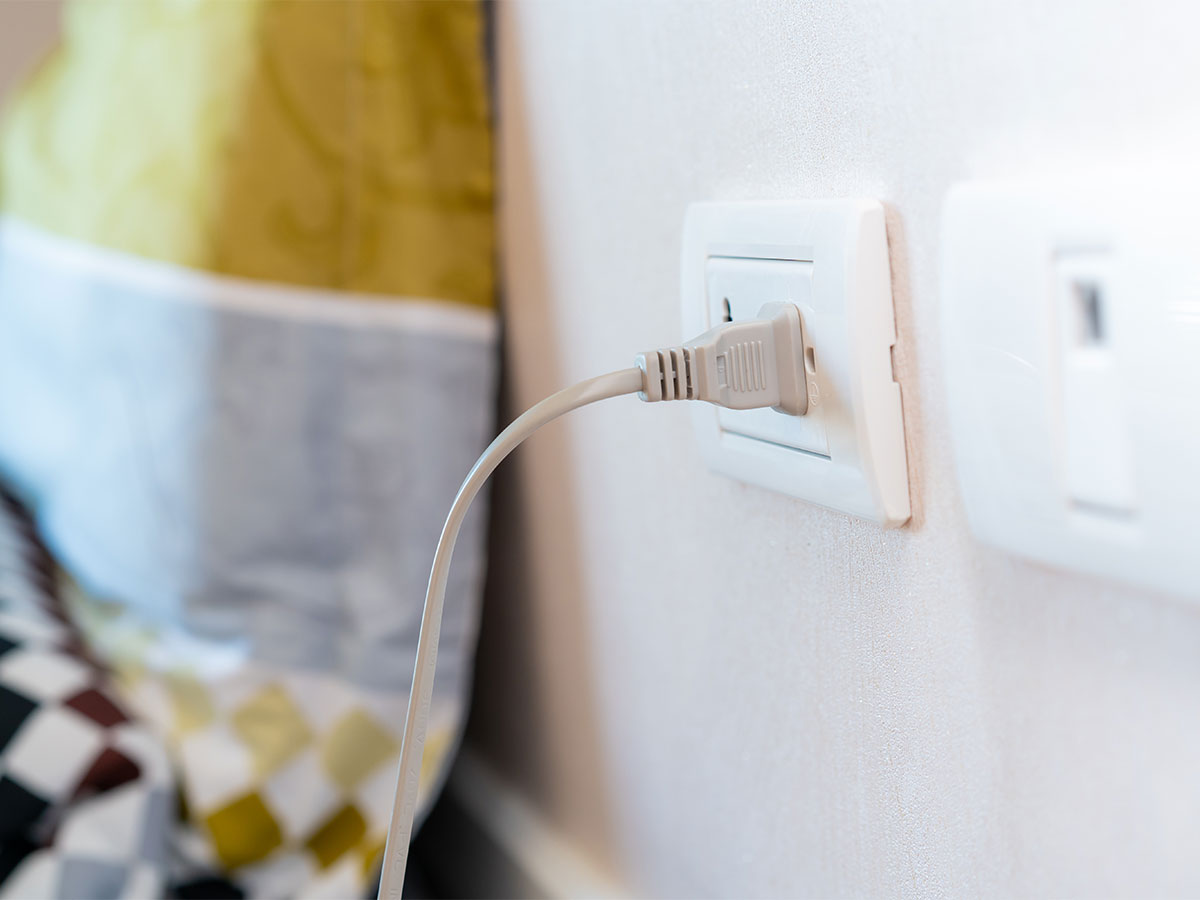
Cords or extension cords placed under rugs, near your bed or other flammable objects is a huge n-no. Many people try to plug in as many objects as they can in a surge protector or extension cord, which can end up causing a fire. Rugs and beds catch fire easily, which can set the whole house in flames.
Cords that have become damaged, sometimes unknowingly if you have pets, can also lead to fires. They can set the rug or bed ablaze, which you may not notice if you are sleeping or at home.
Candles

Candles are another source of danger for homes. A candle itself is fine if attended to, but an unattended candle can lead to a fire. Small children and pets can hurt themselves or knock over the candle and set the house on fire.
Scented candles that sit for too long can emit VOCs such as formaldehyde, petroleum distillates, alcohol and esters. These chemicals can cause health problems like headaches, dizziness and allergy symptoms. These chemicals have also been linked to certain types of cancers.
Pillows
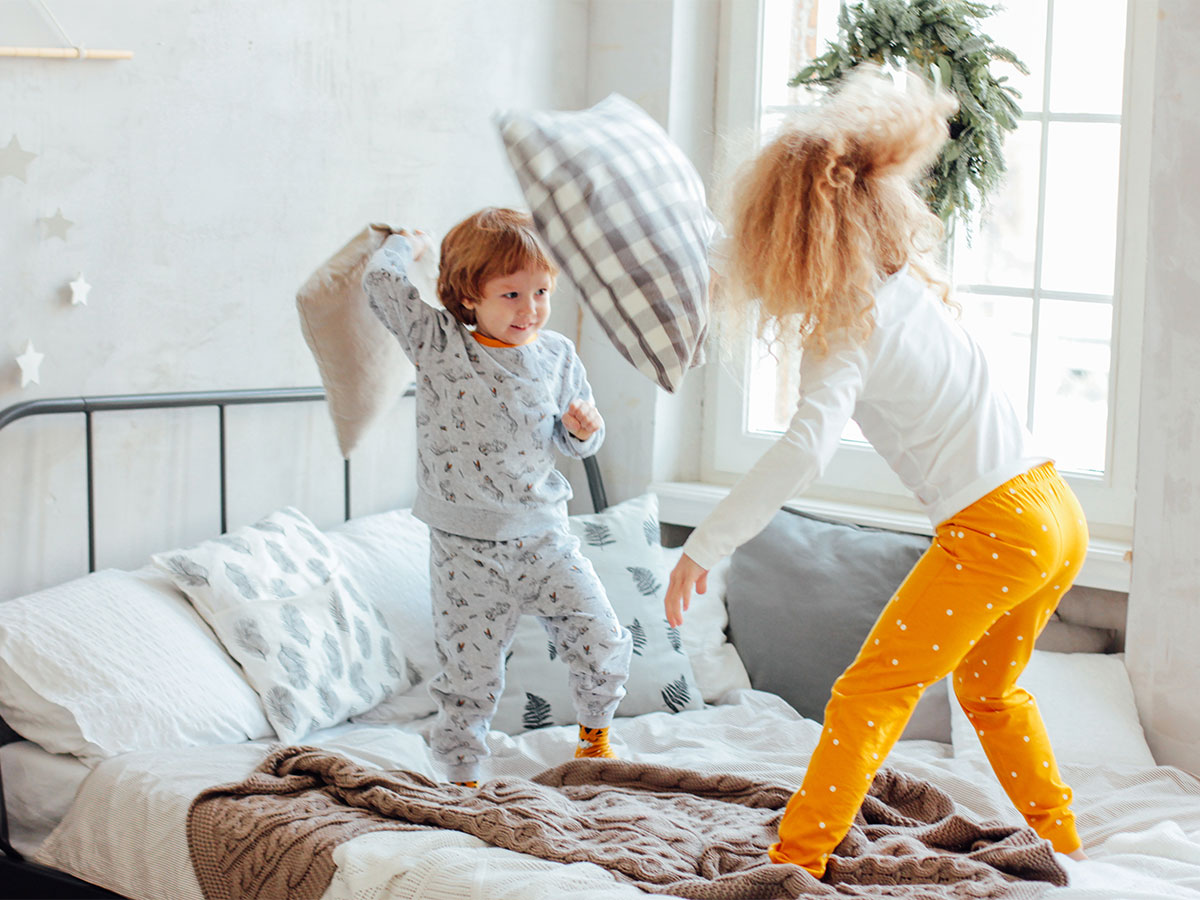
Like dirty sponges, dirty pillows can pose a health risk. Some people hold on to the same pillows for years, which can cause them to develop a fungus. The fungi in your pillows can cause severe allergy symptoms, asthma and other respiratory problems.
So, next time you see a new fluffy pillow that you just have to have, now you have an excuse. Changing your pillows out every year or even every six months is one of the best things you can do for your health.
Ladders and Stools
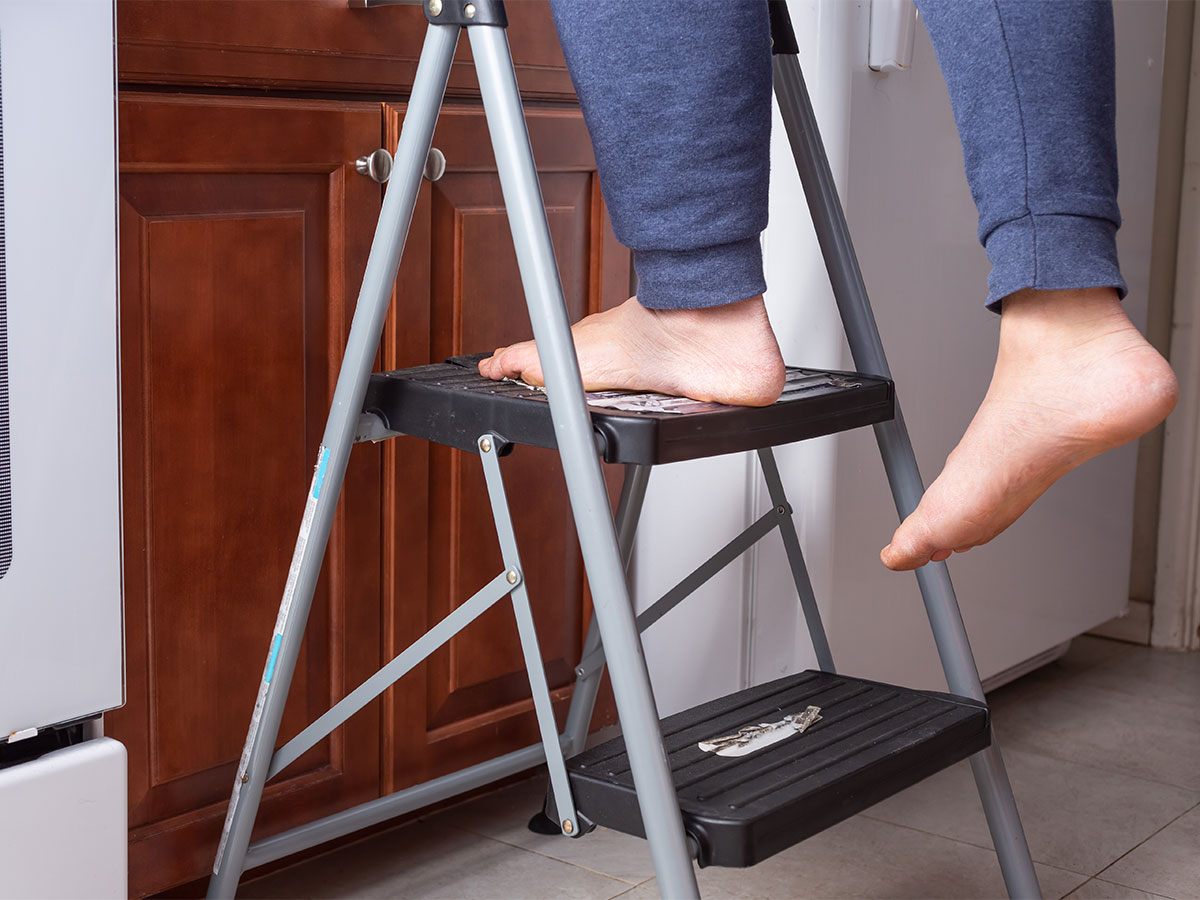
Ladders and step stools can be a fairly obvious source of danger for people in the home. For reaching high places, however, they are really the only solution. That's why its important to use them with caution and don't feel like you are god just because you are towering above like one.
According to the Morbidity and Mortality Weekly Report, about 81% of falls off a ladder or stool will result in a visit to the emergency room. On top of this, 43% of deadly falls occur from falling off of a ladder. With that said, always make sure your ladder is secure - and don't be lazy. If you need to reach over to a spot that's out of reach, move the ladder.
Bookshelves

Bookshelves can be a huge hazard for those with small children. Children and even animals tend to try to climb them and if the bookshelf is unstable, it can fall over and injure someone. And even if the bookshelf is somewhat stable, the child can try to climb it and fall on their own.
To reduce the risk of injury, you can make sure the bookshelf it fastened to the wall. Hold it up with screws and brackets, to ensure it is secure. Just be sure the hardware is secure or it will just strip right out of the wall.
Exercise Equipment

Exercise equipment certainly has its uses. It’s a great way to get your exercise done after work when you are tired, and you don't have to go to the gym, which let's face it: is not the most sanitary of places. Exercise equipment, however, just like at the gym, poses a danger if not used properly.
Equipment, when improperly used, comes with the risk of injury. And if you are at home by yourself, there's not going to be anyone to help you. Exercising when fatigued is a poor decision, because it will increase your chances of falling or passing out when using it.
Coffee Tables
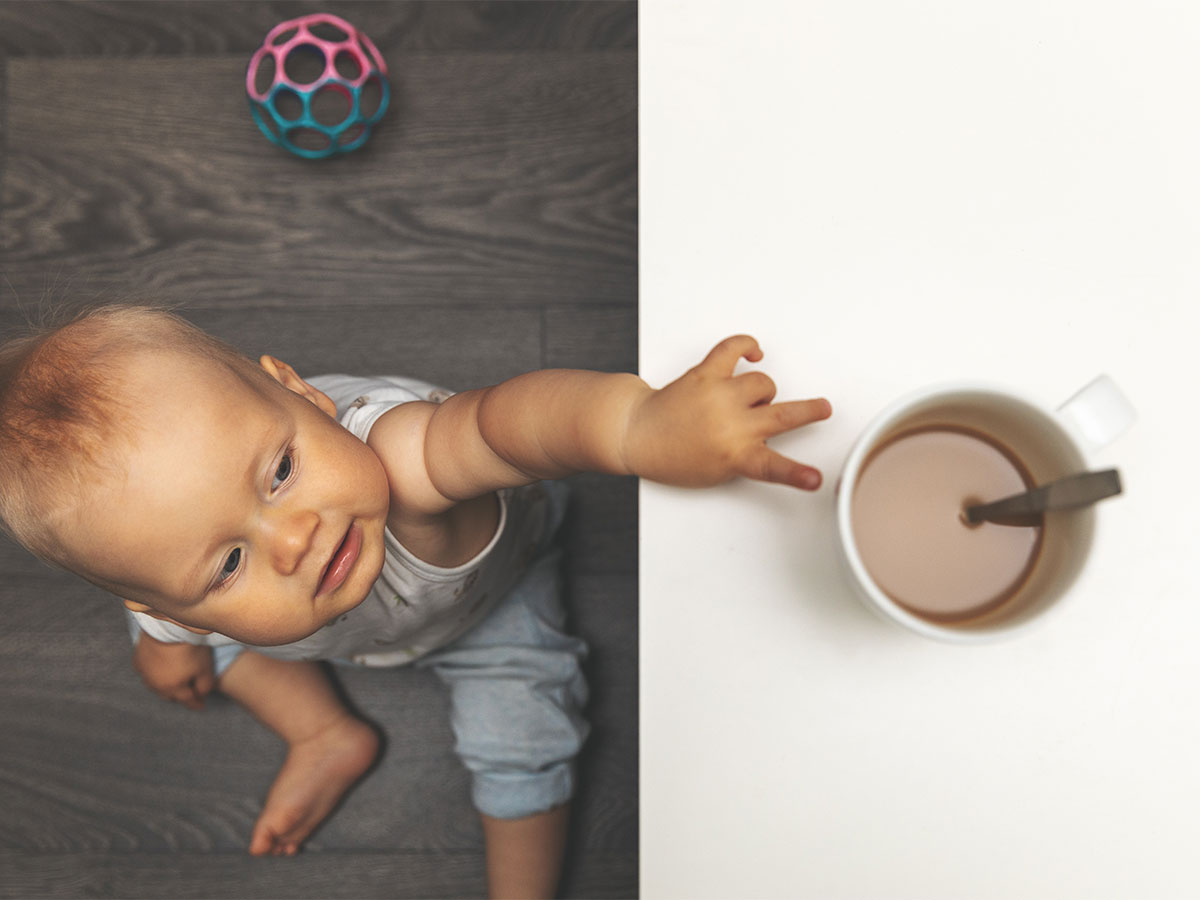
Coffee tables are another risk for small children. Toddlers and babies learning to walk (or rather run) tend to bump their heads right into these things. It's even worse if the coffee table has small corners where the child could get cuts.
Coffee tables can certainly be dangerous for adults too, especially when low to the ground. They can be a trip hazard, particularly in the dark and have you ever stubbed your toe on the coffee table? It hurts!
Electric Blanket
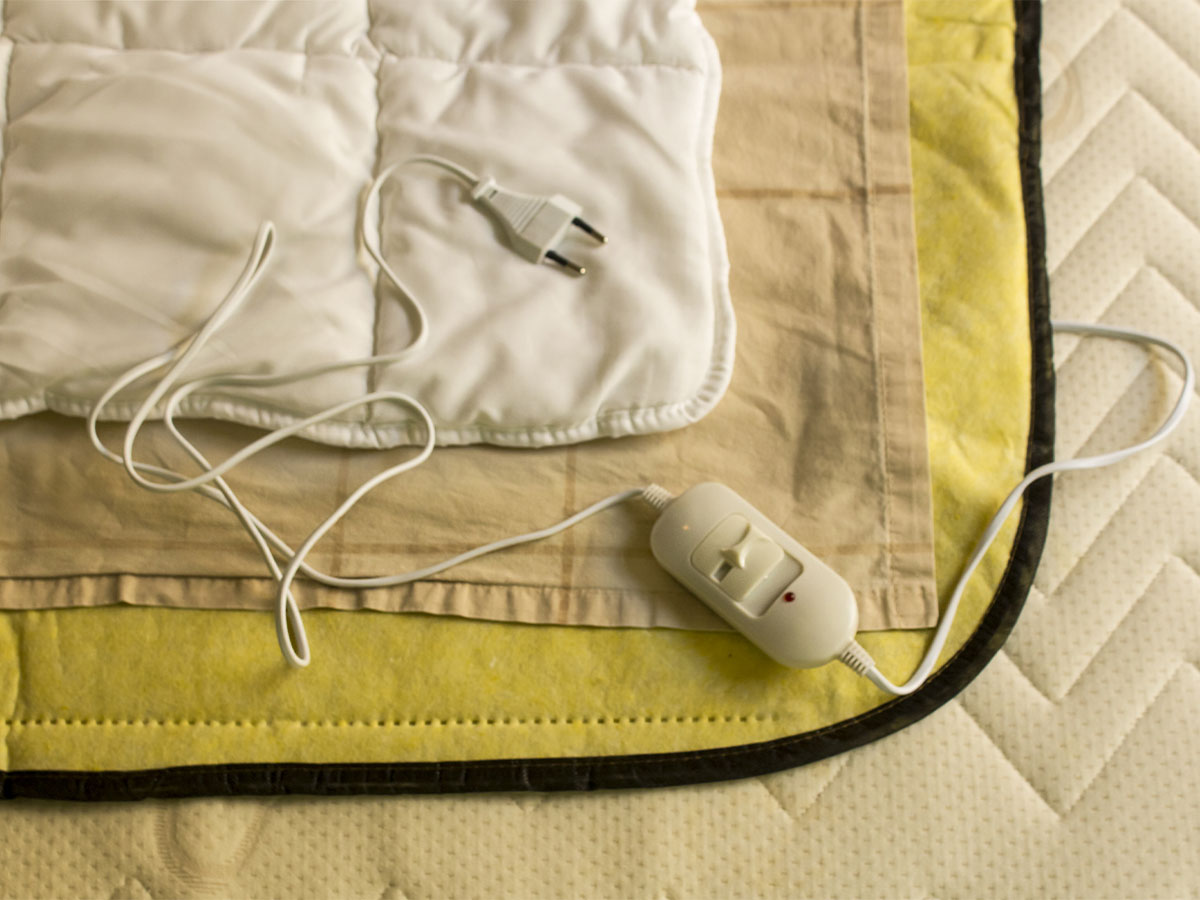
If electricity and blankets don't seem like a good combination, it's because they aren't. Electric blankets that are left on the bed overnight can easily cause a fire, while you are sleeping or at the very least, will end up burning your leg.
On that same note, there are also heat packs that plug in. These can be therapeutic but if left on can cause the same problems: burns or fires. With that said, if you plan to use these items, don't use them to sleep; it's not worth it.
 Author
James Stephens
Last Updated: August 02, 2025
Author
James Stephens
Last Updated: August 02, 2025